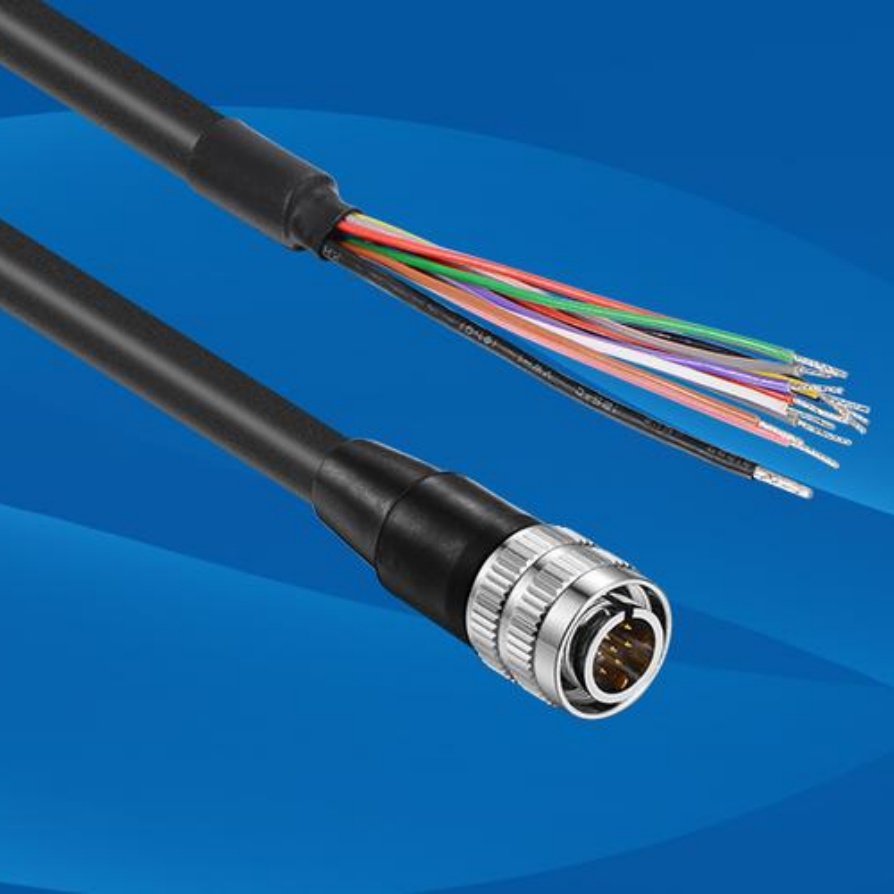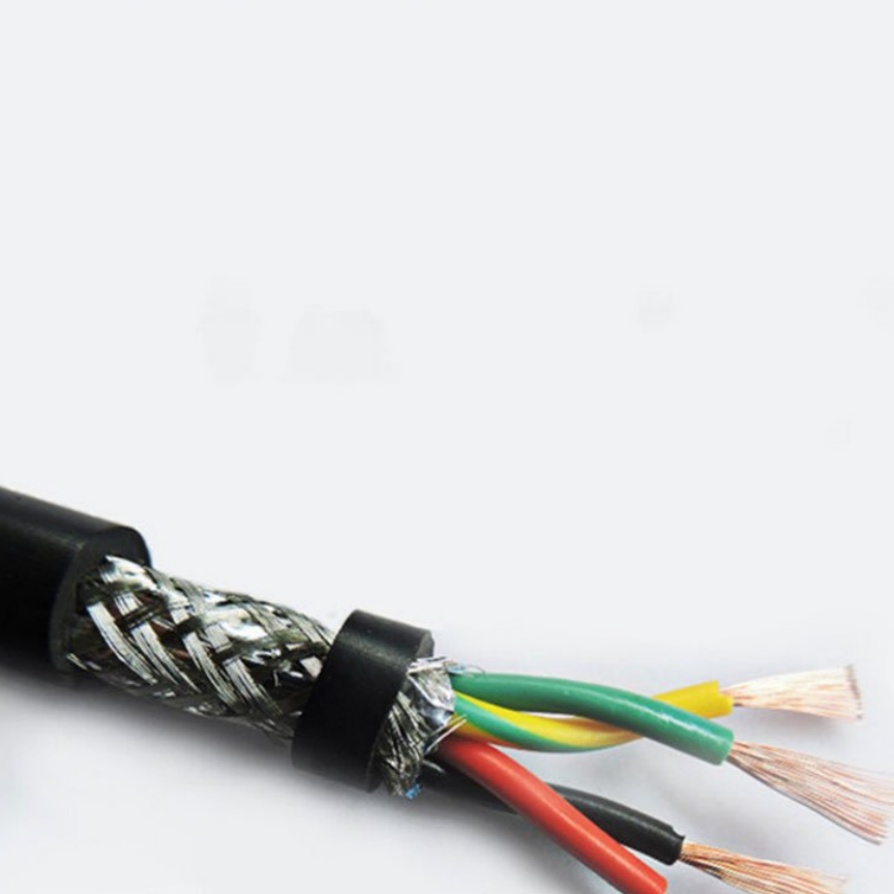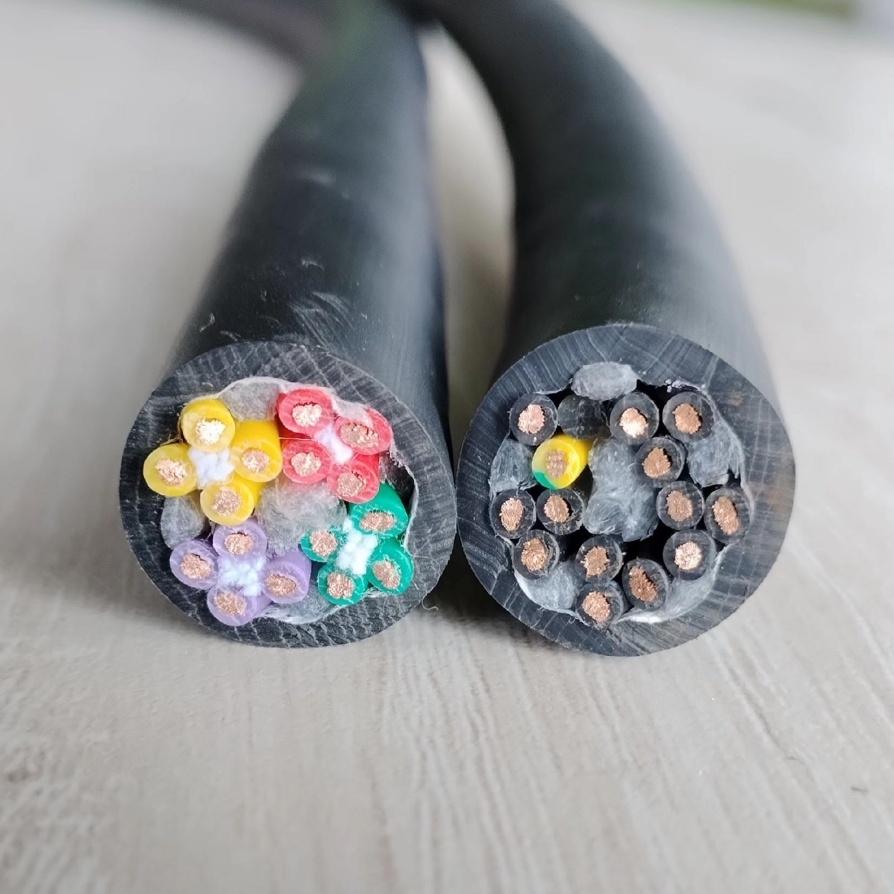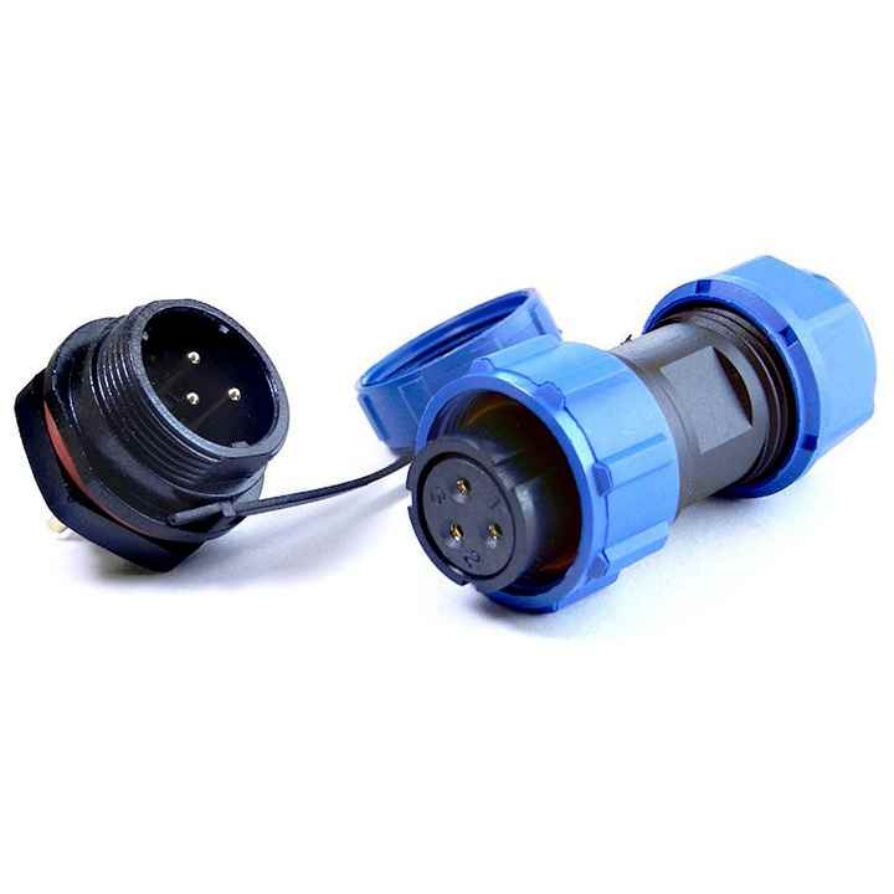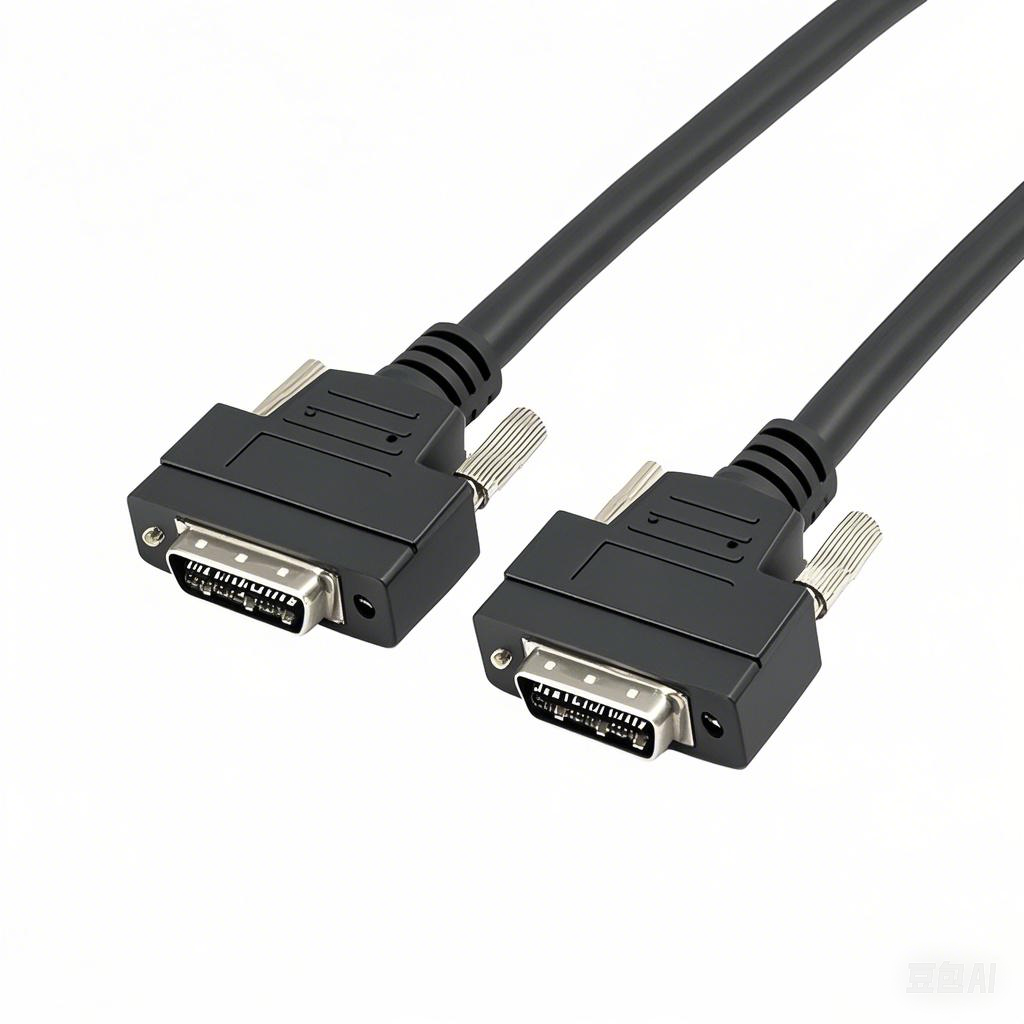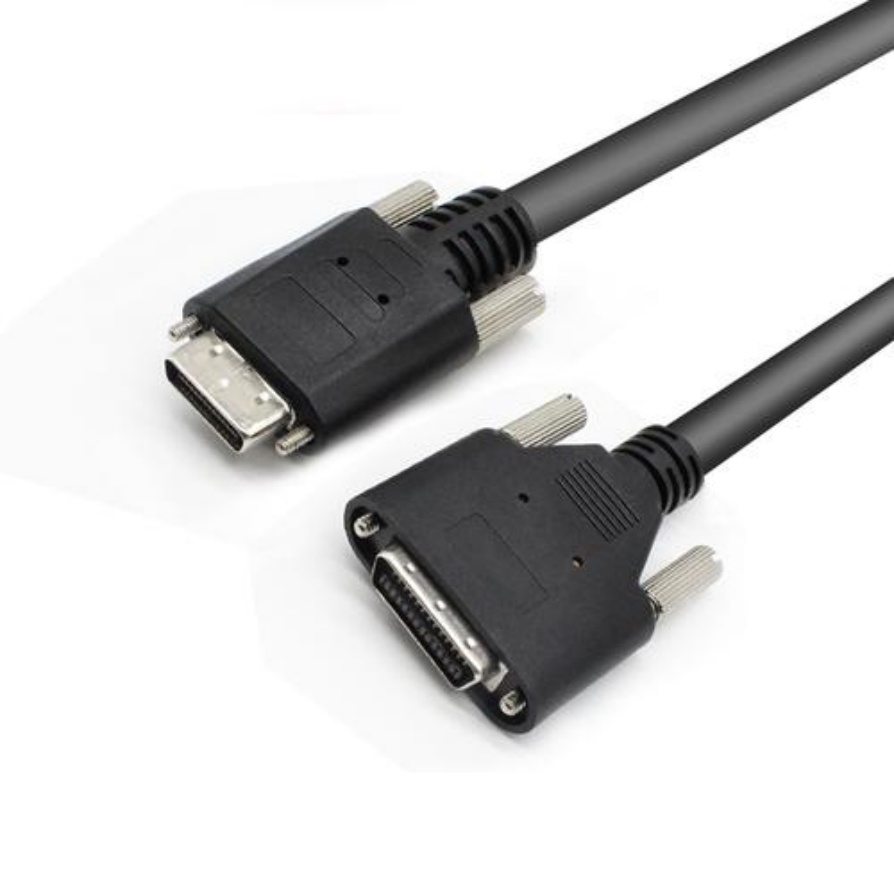Robotic Vision System Cable
Meta Description: Discover premium Robotic Vision System Cables engineered for seamless data transmission, durability, and precision in industrial automation. Ensure flawless vision system performance. Enhance Automation Precision with.


